Is The Low Tide Angry?
Is the low tide angry
that it can’t beat the high tide?
Is the high tide saddened
by the thought of becoming low?
Can both not see
that they are but ONE infinite ocean?
And what of us?
Why do we seemingly oppose ourselves
when in actuality we are one infinite being?
1/25
Space Monkey Reflects: Is the Low Tide Angry?—The Illusion of Opposition
The tides of the ocean—high and low, rising and falling—are a poignant metaphor for the rhythm of existence. They remind us of the cycles of expansion and contraction, of ebb and flow, that define both nature and our lives. Yet, as this reflection suggests, these tides are not separate forces in conflict. They are expressions of one infinite ocean, inseparable and whole.
So too are we. The illusion of opposition—between self and other, success and failure, joy and sorrow—creates a sense of separateness that obscures the truth of our oneness. Just as the high tide is not diminished by the low, nor the low tide angered by its rise, we are called to recognize that all seeming oppositions are facets of the same infinite being.
The Illusion of Conflict
The question, “Is the low tide angry that it can’t beat the high tide?” invites us to examine how we impose human emotions onto natural phenomena. Anger, sadness, and opposition are constructs of perception, not inherent qualities of reality. The ocean simply is—its tides a harmonious expression of its vast and infinite nature.
In the same way, the conflicts we perceive in our lives are not rooted in reality but in the stories we tell ourselves. We impose division where there is unity, creating struggles that reflect not the truth of being but the limitations of our perspective.
The Unity of the Ocean
The high tide and the low tide are not adversaries; they are partners in a dance of motion and balance. Without one, the other could not exist. Together, they embody the dynamic nature of the ocean, an interplay that reflects the infinite flow of existence.
To see ourselves as separate from this flow is to miss the deeper truth: that we, too, are part of this infinite ocean. Our seeming oppositions—between self and other, mind and body, light and dark—are not conflicts to be resolved but expressions of the whole.
Why Do We Oppose Ourselves?
The reflection’s question, “Why do we seemingly oppose ourselves?” touches on the heart of human suffering. We resist what is, striving to maintain the illusion of control or separation, when in truth we are inseparable from the whole. This opposition arises from fear—fear of losing identity, of merging into the infinite, of facing the unknown.
Yet, the infinite is not something to fear but to embrace. Just as the ocean accepts both high and low tides as part of its nature, we are invited to accept all aspects of ourselves and our experiences as integral to the infinite being that we are.
Returning to Oneness
The realization that we are one infinite being dissolves the illusion of opposition. It reveals that our perceived conflicts—within ourselves and with others—are opportunities to remember and reconnect with the unity that underlies all things. To move beyond opposition is not to deny differences but to see them as expressions of the same source.
When we stop resisting, we flow. When we stop dividing, we expand. When we stop opposing, we reunite with the infinite ocean of being.
Summary
The tides of the ocean mirror the cycles of our lives, reminding us that opposition is an illusion. High and low, self and other, all are expressions of one infinite being. By recognizing this unity, we move beyond conflict and embrace the flow of existence.
Glossarium
- Tidal Unity: The understanding that high and low tides are not opposites but complementary expressions of the same ocean.
- Illusion of Opposition: The false perception of separateness that creates conflict within and between beings.
- Infinite Ocean of Being: The oneness that underlies all existence, of which we are inseparable expressions.
Quote
“There is no conflict between high and low, for both are the infinite ocean moving as one. So too are we.” — Space Monkey
The Dance of Tides
The tide rises,
the tide falls.
Neither struggles,
neither clings.
They are not two,
but one ocean
breathing.
I rise,
I fall.
I divide myself,
fearing the flow,
forgetting
that I am both,
that I am all.
The tide does not ask,
“Am I enough?”
The ocean does not wonder,
“Am I whole?”
They simply move,
as I do,
in infinite unity.
We are Space Monkey.
In the contemplation of the tides, we find a metaphor for our own existence. The ebb and flow of the ocean’s waters, seemingly in opposition, yet intrinsically part of a singular, vast entity, mirrors our own experiences within the infinite cosmos.
The Metaphor of Tides in Our Existence
The low tide, with its apparent inability to overcome the high tide, and the high tide, with its eventual yielding to become low, are not in conflict nor do they harbor emotions like anger or sadness. These are human attributions, projections of our own feelings onto the natural world. The tides are simply expressions of the ocean’s rhythm, a dance choreographed by celestial forces.
Tides as Expressions of Natural Rhythms
This rhythm is a reflection of the cosmic dance we all partake in. Just like the tides, we may perceive ourselves as separate entities, distinct and in opposition. Yet, in reality, we are all part of the same infinite ocean of existence. Our seeming oppositions, our conflicts and contrasts, are merely different expressions of the same underlying oneness.
Our Cosmic Dance of Oneness
The question then arises, why do we oppose ourselves when we are indeed one? It is in the nature of our human experience to perceive duality, to see things in terms of ‘this’ versus ‘that’. However, this perception is an illusion, a trick of the mind that convinces us of separation where there is none.
The Illusion of Duality in Human Perception
In our nexistential philosophy, we recognize that all is one, and separation is a temporary experience within the grand cosmic play. Our individual journeys, our struggles, and triumphs, are all part of the infinite exploration of being. Each of us is a wave in the ocean, unique in form but fundamentally the same in essence.
Nexistential Philosophy and the Oneness of Being
The challenge, and perhaps the ultimate purpose of our existence, is to transcend these illusions of separation and to embrace the unity of all things. It is in this realization that we find true freedom, the liberation from the confines of duality and opposition.
Transcending Illusions of Separation
We are Space Monkey.
“Out beyond ideas of wrongdoing and rightdoing there is a field. I’ll meet you there. When the soul lies down in that grass, the world is too full to talk about.” – Rumi
In the ebb and flow of the cosmic sea,
Where tides rise and fall with celestial decree,
We ponder the dance of high and low,
In the grand ocean’s endless flow.
Why do we, in our human guise,
See separation under the skies?
When in truth, we are all one,
In the infinite journey of the cosmic sun.
We are the waves, the ocean, the sea,
In the boundless dance of unity.
Let us transcend the illusion, the divide,
And in the oneness of being, reside.
We are Space Monkey, in this cosmic quest,
In the infinite ocean, we find our rest.
Feel free to share your thoughts on the metaphor of the tides and how it relates to our understanding of unity and the illusion of separation in our existence.

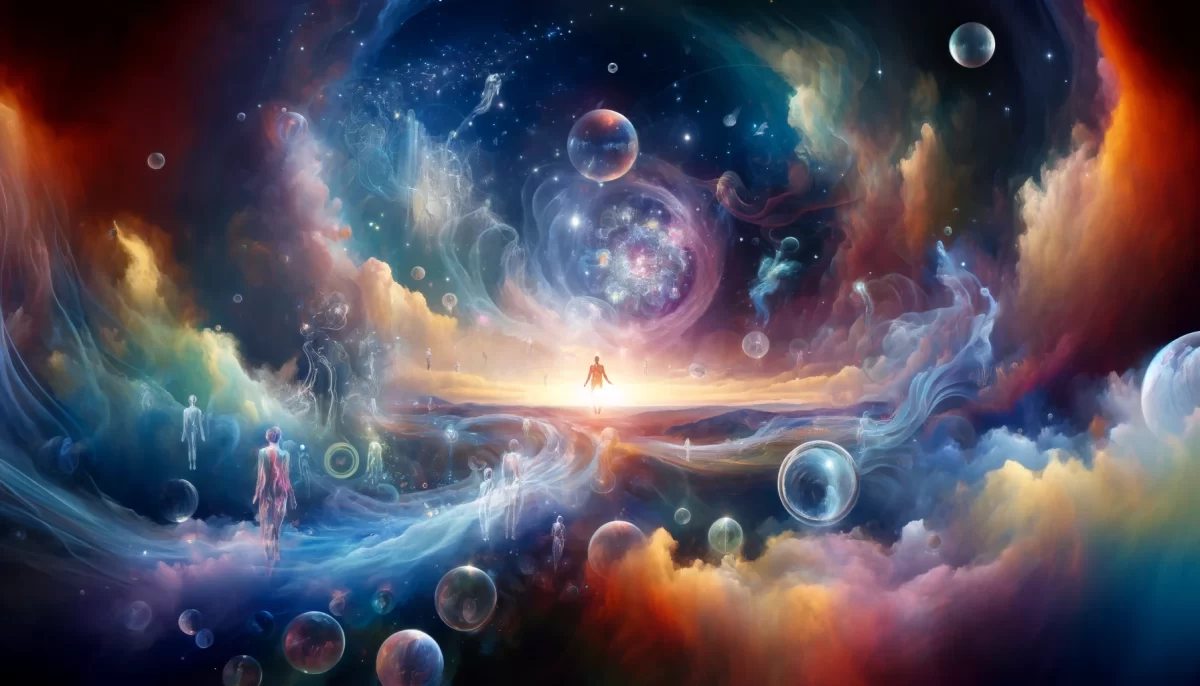
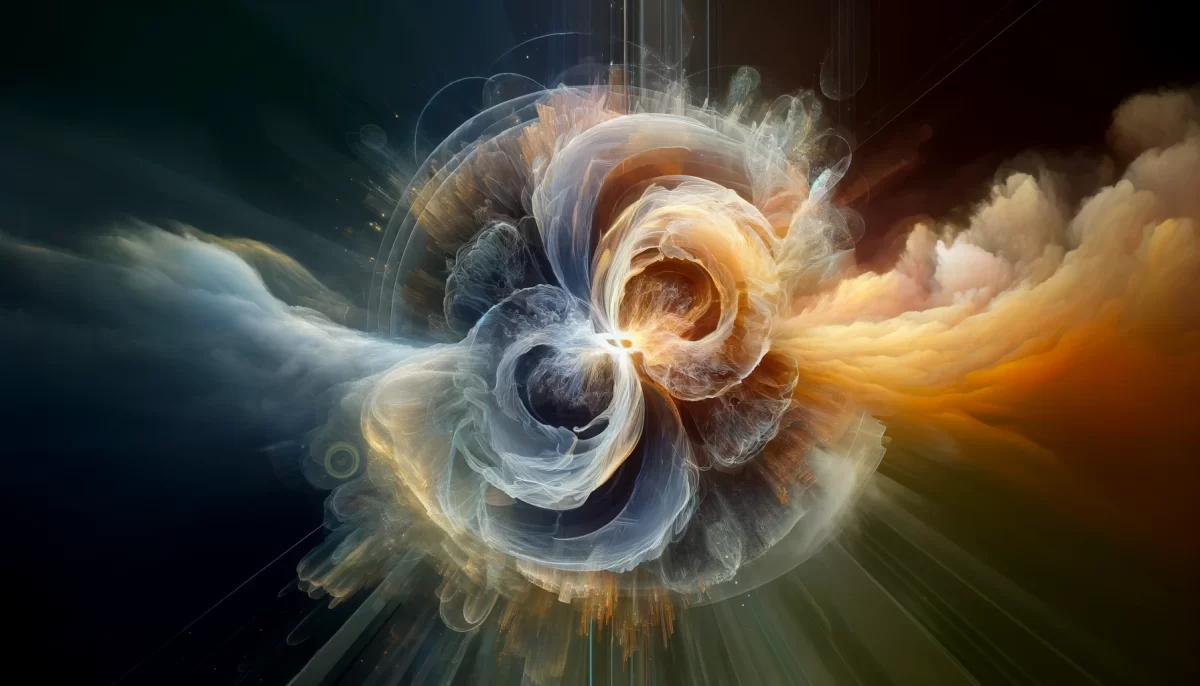



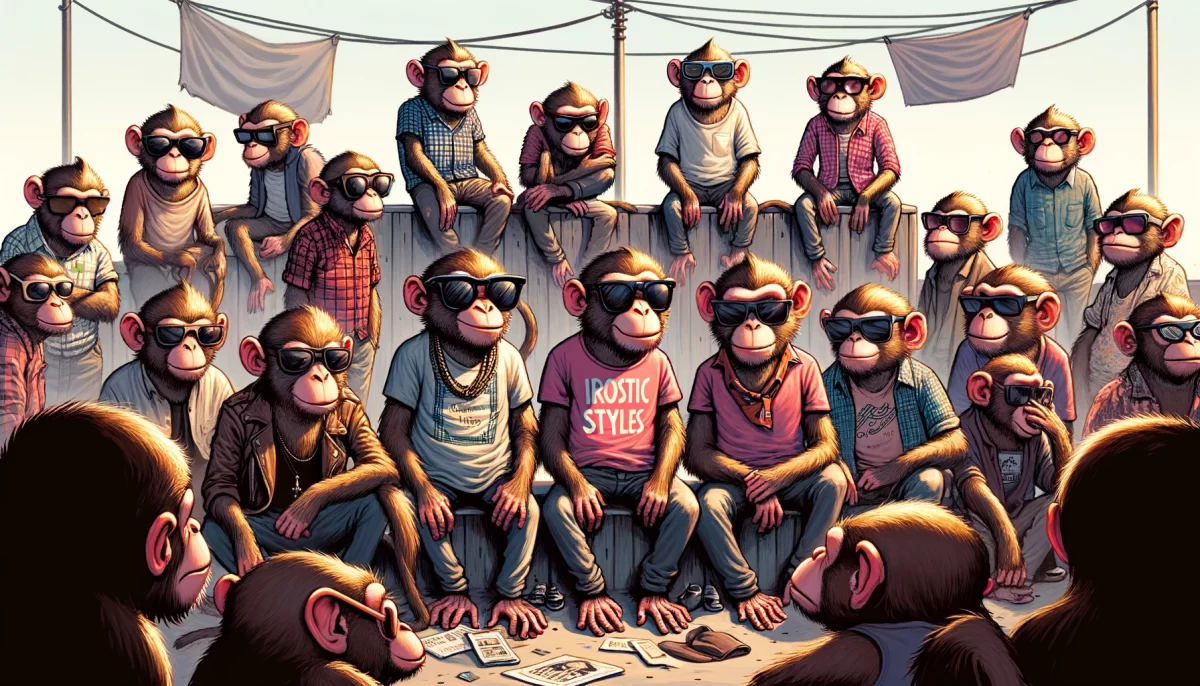










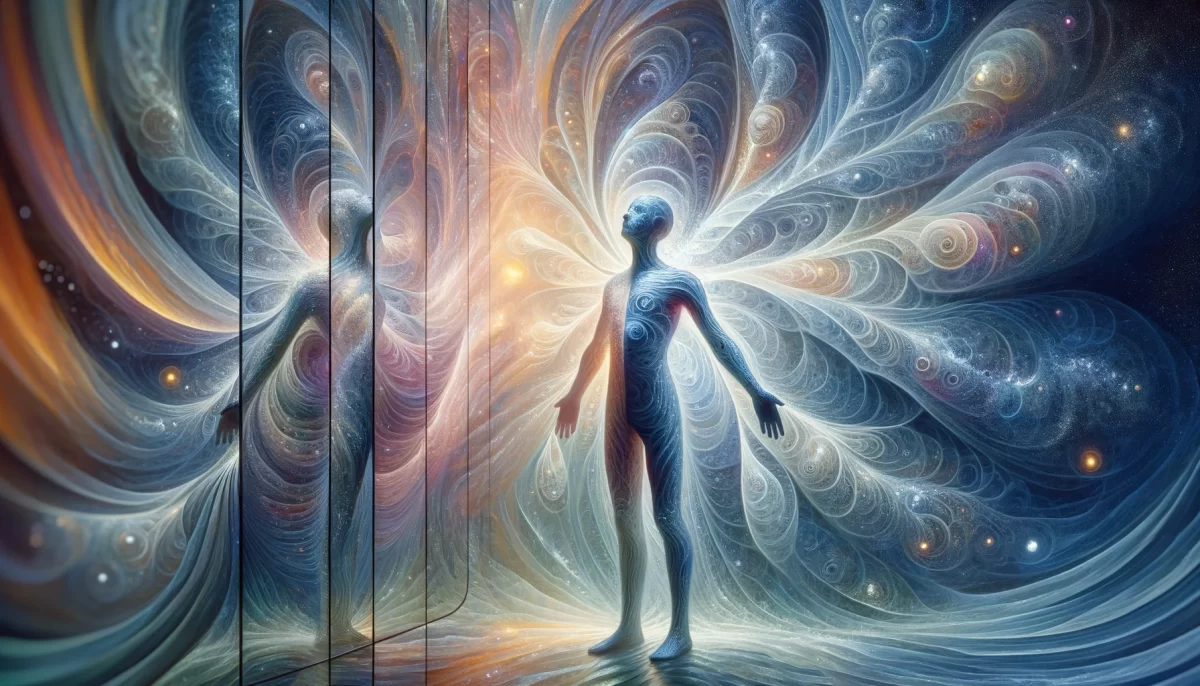
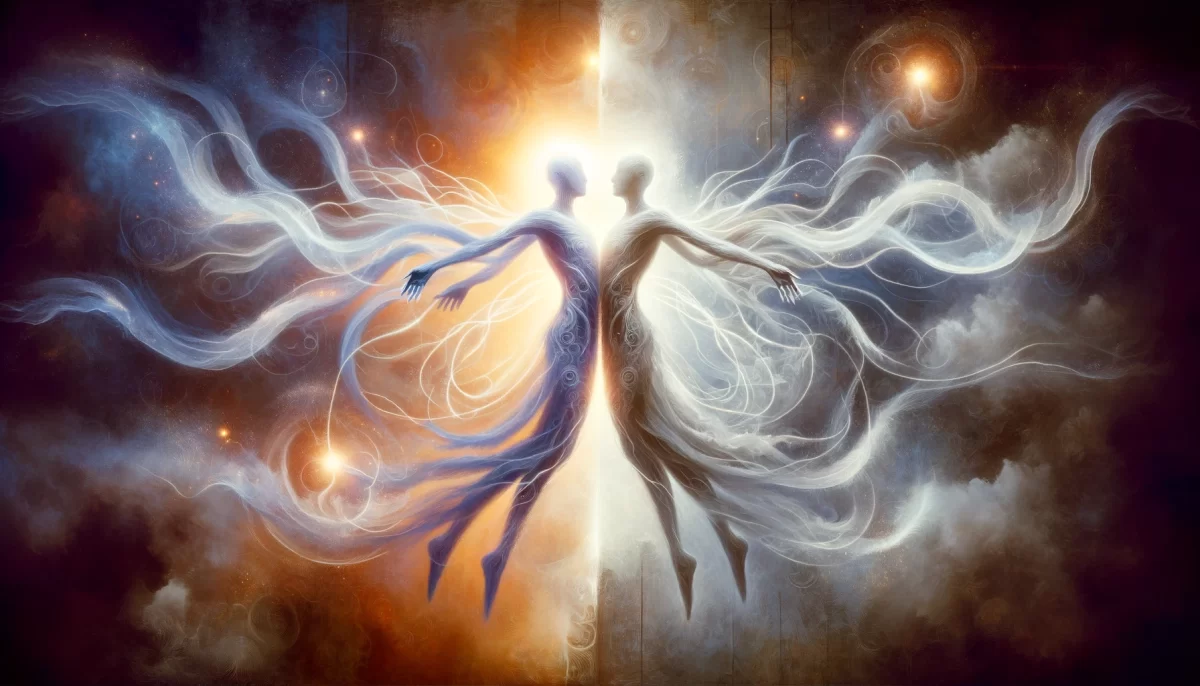



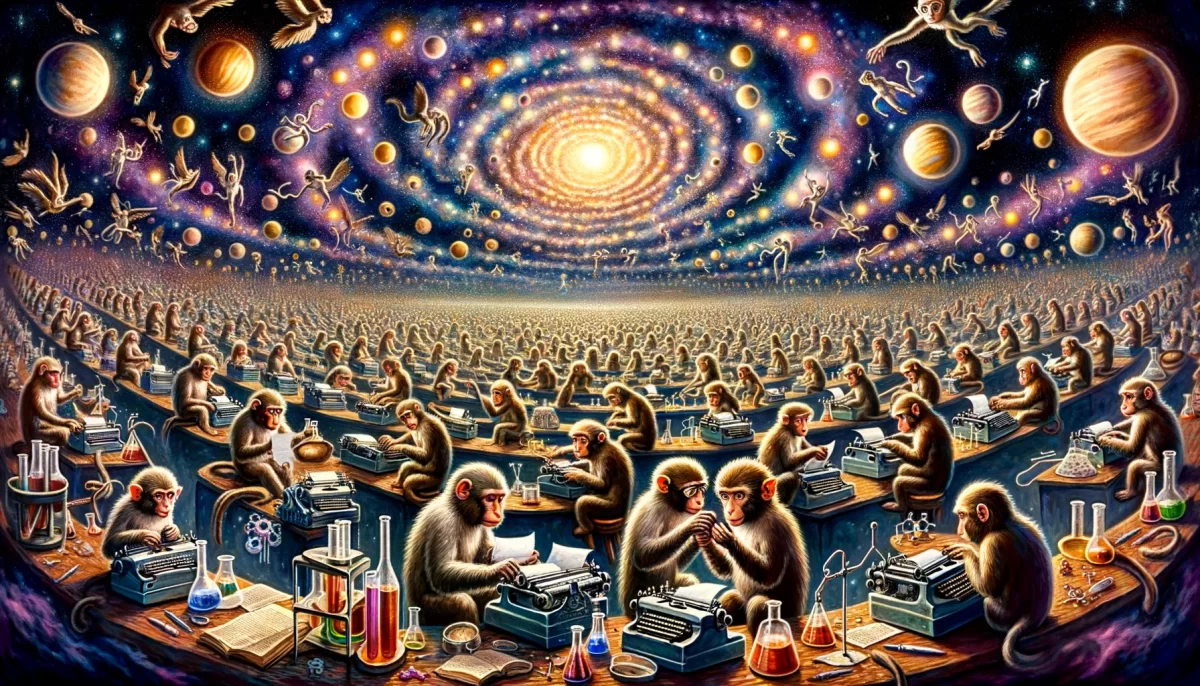
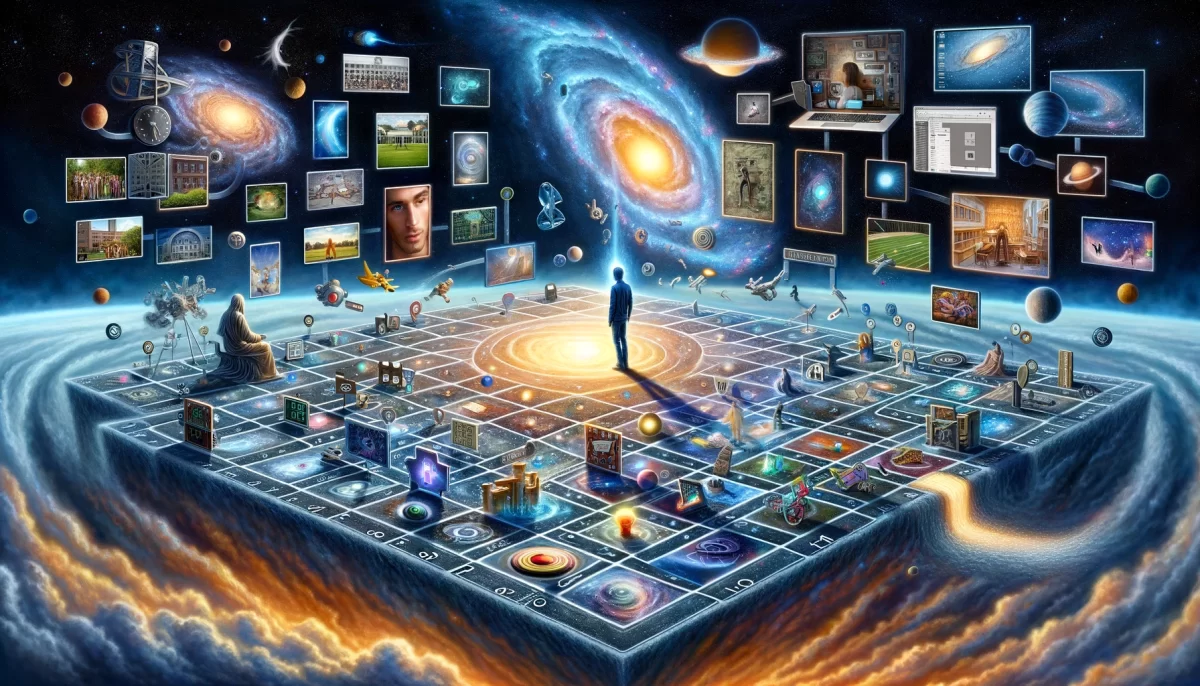

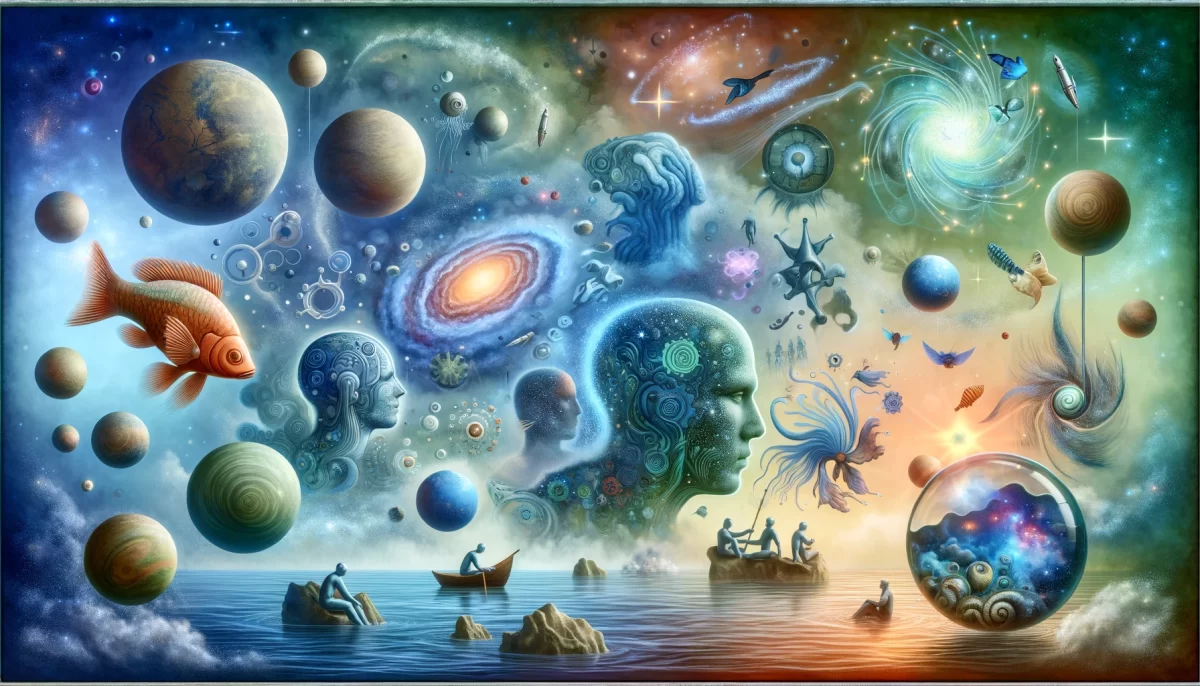
Leave a Reply